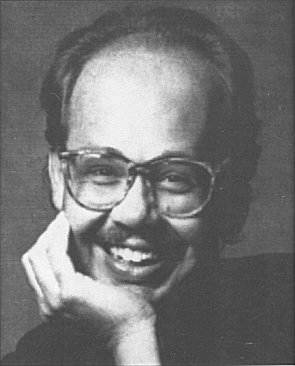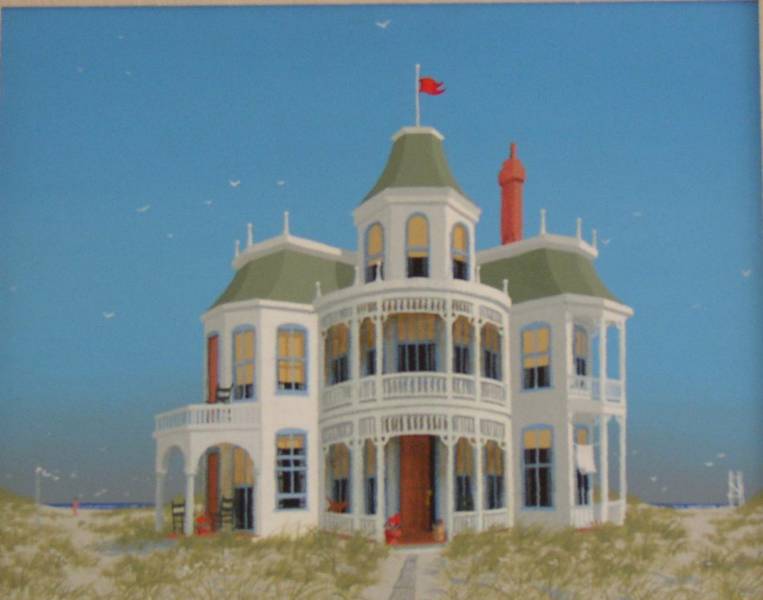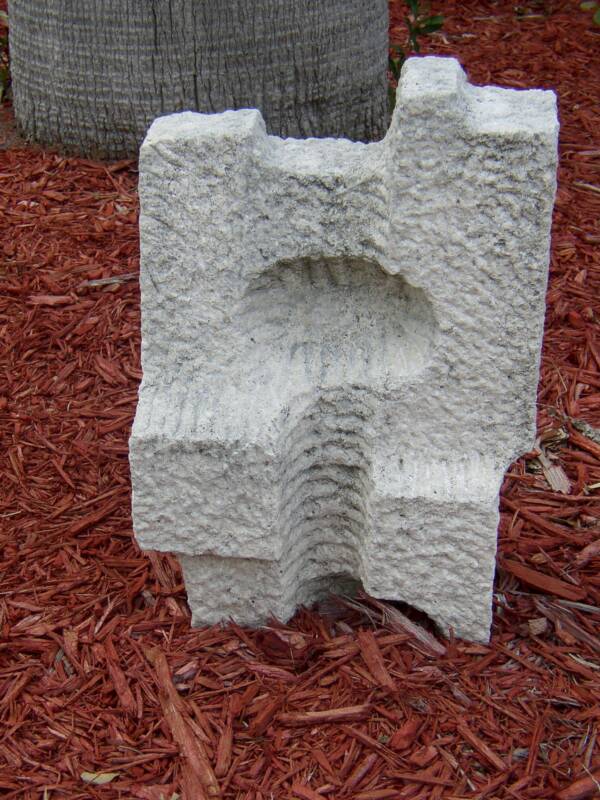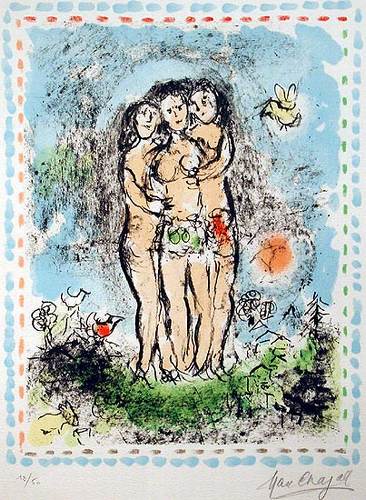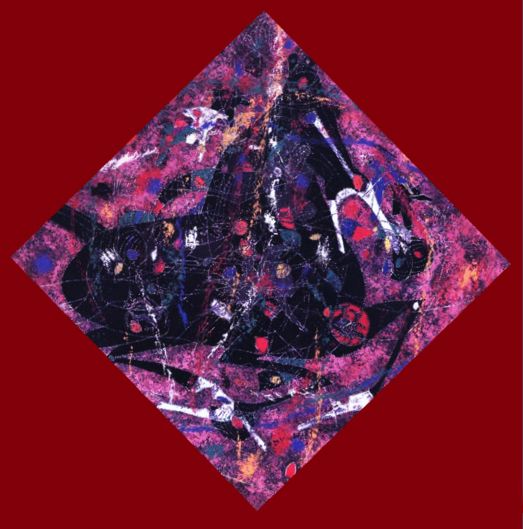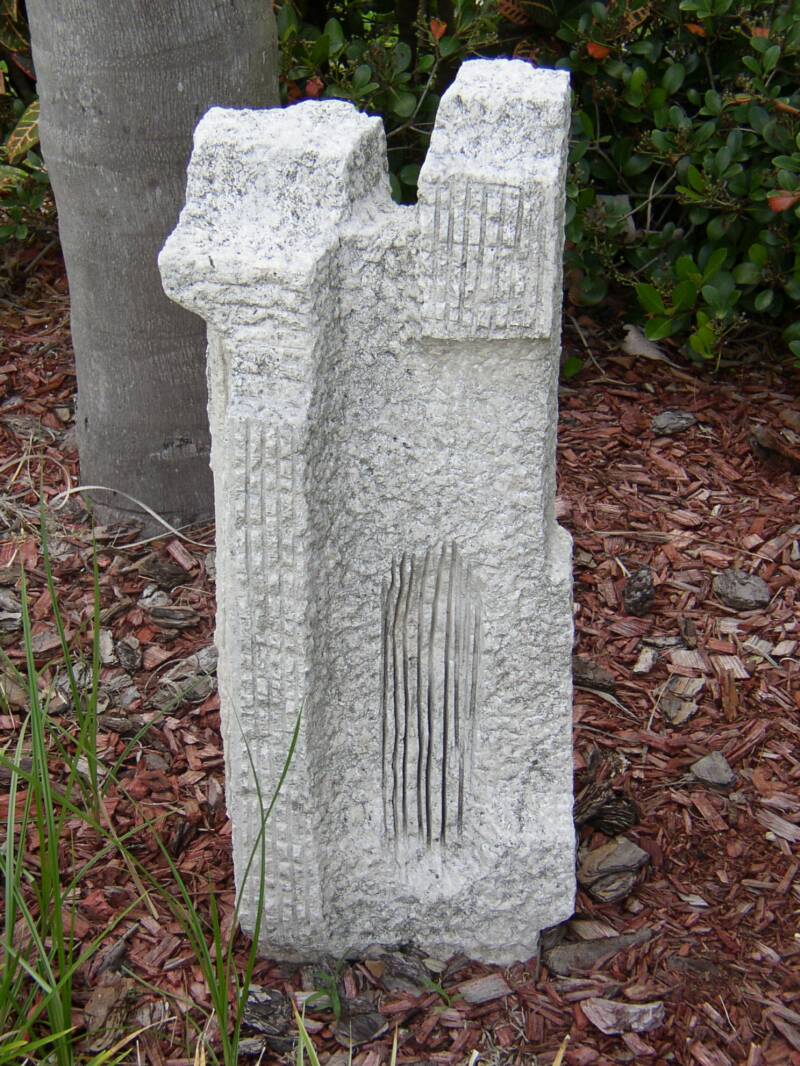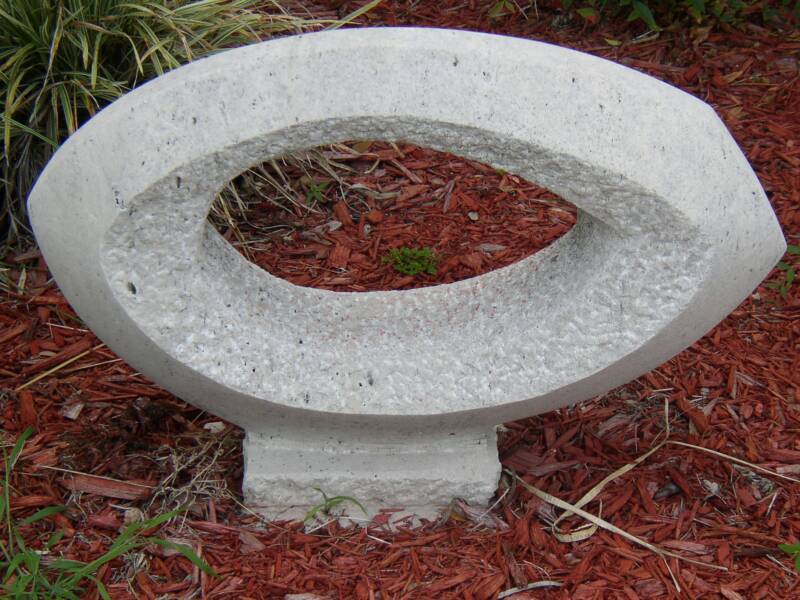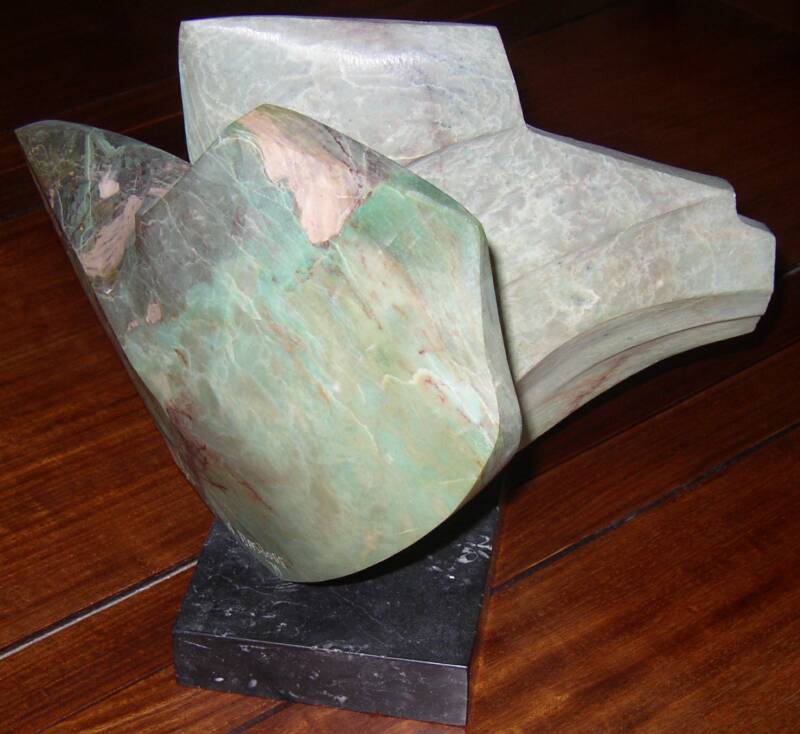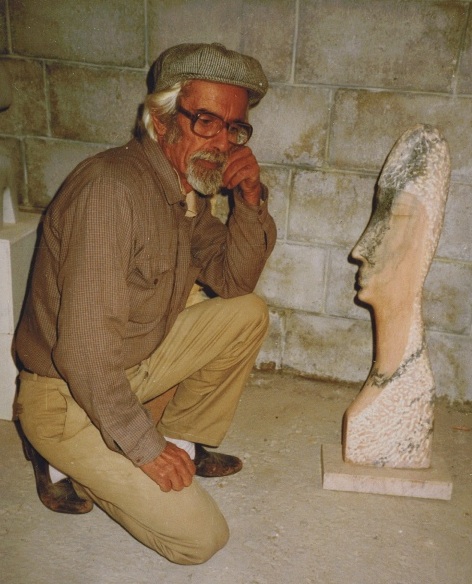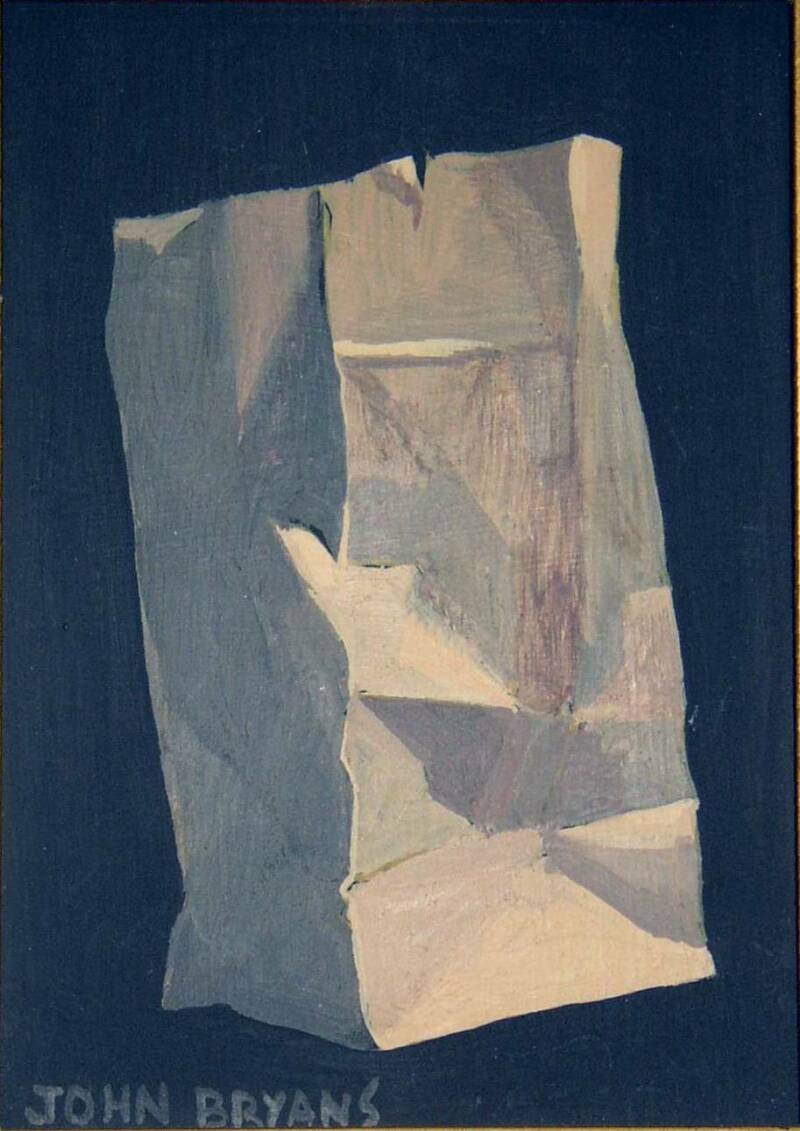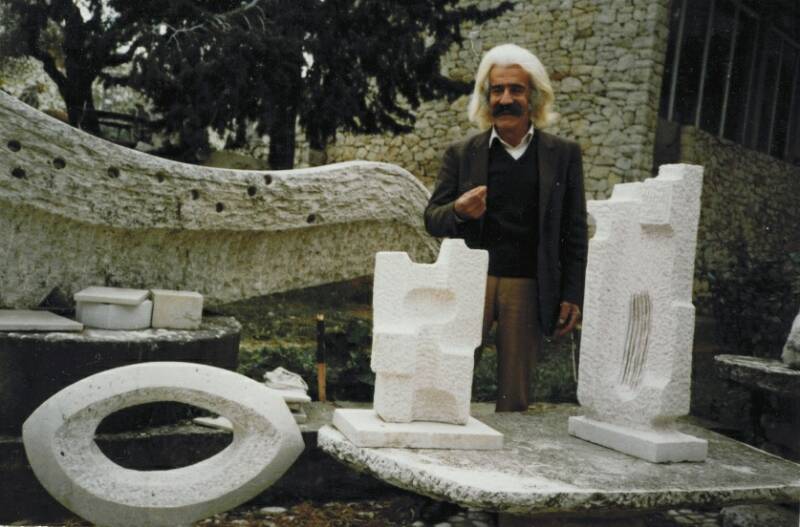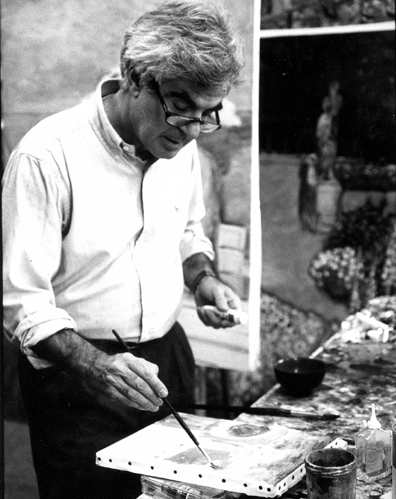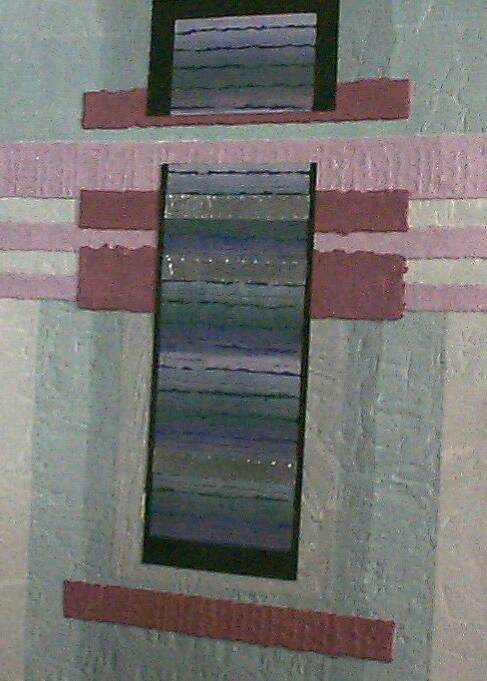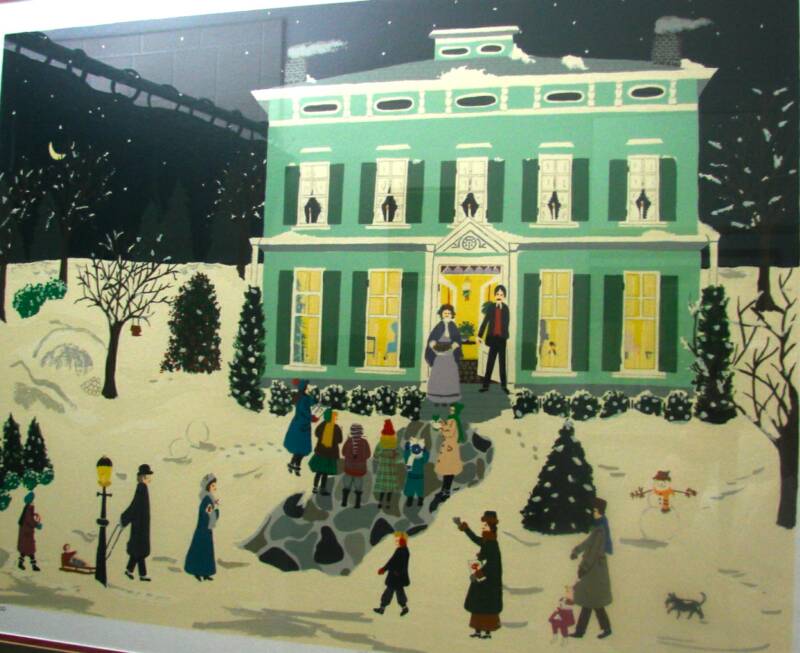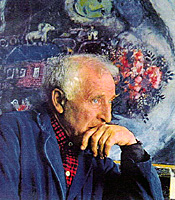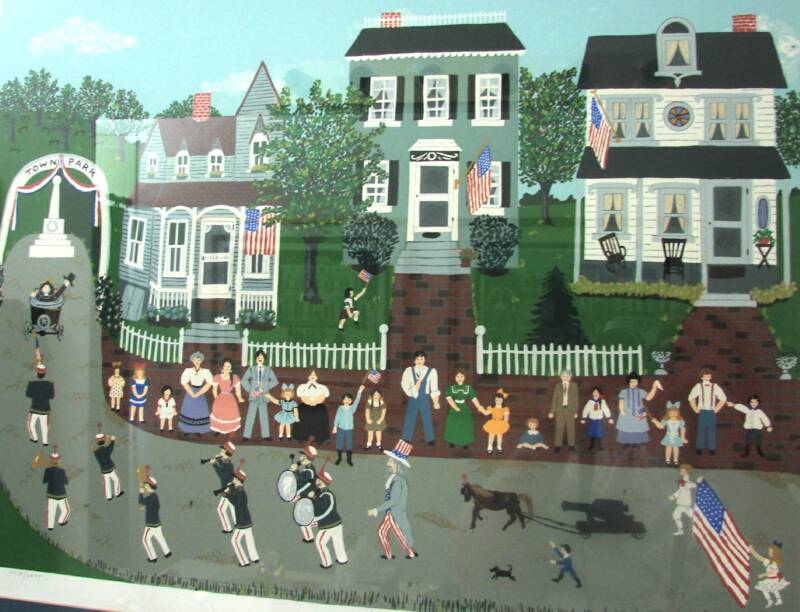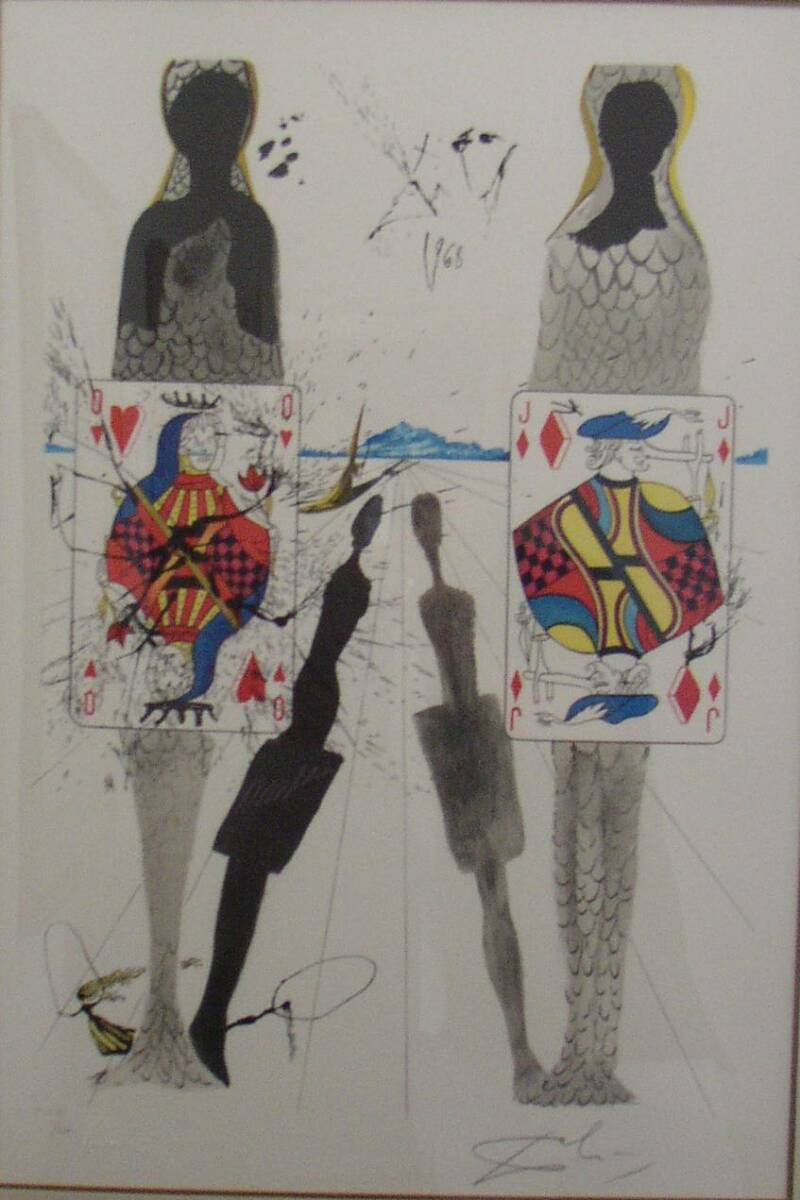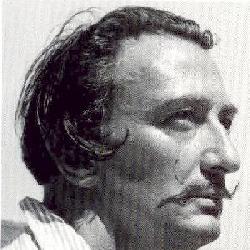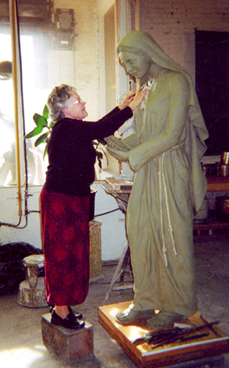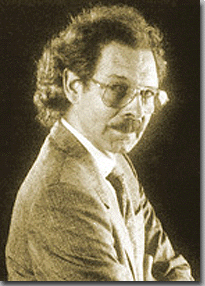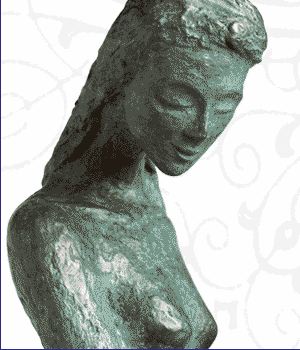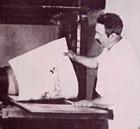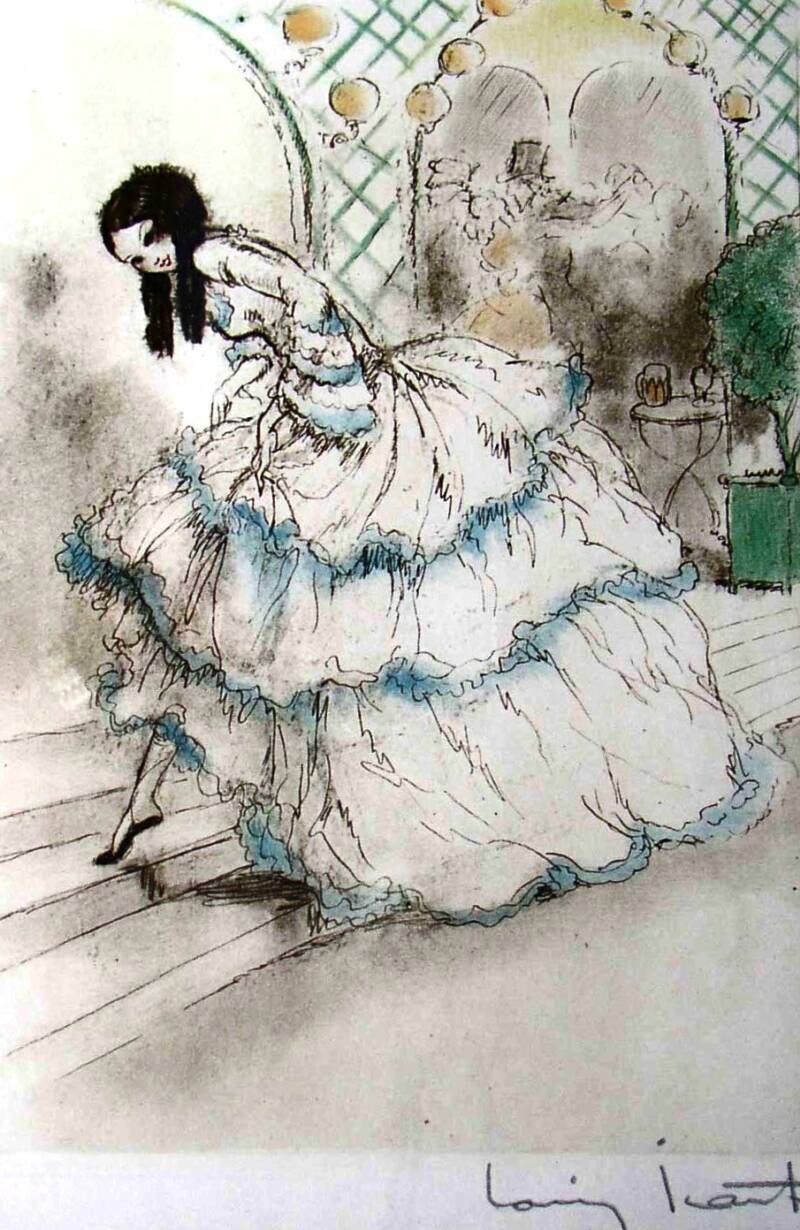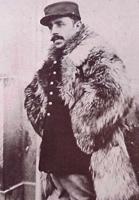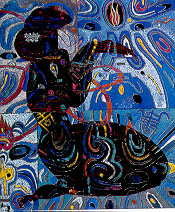Signature

The Artists
Original Fine Art and/or Custom Commissions
are available by many of these fine artists

This page was last updated on: September 3, 2018
Copyright, Arts-Galleria.com, 2000.



Jean-Pierre Cassigneul at work
LE Lithographs
Youssef Basbous with 3 sculptures Mary & Peter Esseff bought while visiting Lebanon's village of Rachana in 1989.
Jean-Pierre Cassigneul, born 13 July 1935 in Paris, studied at the École des Beaux-Arts in Paris and held his first one-man exhibition there at the age of 17. From 1956 until 1960 Cassigneul was instructed by Chapelain-Midy. During this period, he held exhibitions in Paris and other cities. He had a contract with the Gallery Bellechasse in Paris for several years after his first exhibition there in 1965. He went on to exhibit in various group exhibitions, including the Salon d' Automne in Paris (of which he was member), the Salon de la Jeune Peinture, and Meubles Tabeaux (Furniture-Paintings), an exhibition held in 1977.
Cassigneul creates beautiful compositions of striking young women very much in the tradition of the early 20th century French Nabis artists, like Bonnard and Vuillard. His work has been exhibited extensively throughout Europe, Japan and the United States, including shows at the Galerie Tivey Faucon and Galerie Bellechase, Paris; Gallery Tamenaga, Japan and Wally Fihdlay Gallery, New York. Cassigneul has also illustrated several books, including LE TOUR DE MALHEUR by Joseph Kessel.
A great influence very much apparent in his work is that of the expressionist painter Kees van Dongen, especially Cassigneul’s very dramatic portraits and his use of intense vibrant color.
Cassigneul is a painter, lithographer, engraver and illustrator. He is renowned for his portraits, figures, nudes, flowers, fruit, murals and designs for tapestries.
(Romain de Tirtoff)
Corrigan Gallerias
A native of San Antonio, Texas, Cynthia has lived in several Southeastern states. During her art career, Cynthia had held many workshops in various media and has taught advanced art classes for over eight years. She began her steadily increasing career with one-woman art shows in 1964, and since that time, she has received numerous awards in regional, national and international shows. Her most recent show, in February 1982, at the Hotel El Presidente in Acapulco, Mexico, was completely sold out.
She has received the Birmingham Art Association Show First Award and Birmingham Museum of Art Show awards from 1969 to 1975. In 1970 and 1971, Cynthia was a participant in the National Traveling Lecture Show, an invitational show sponsored by the Birmingham Museum of Art. She was Birmingham Festival of Arts Honored Artist in 1966, and again in 1971 and was selected to be in the Louisiana Professional Arts Show in 1979. She is also a member of the Alabama Water Color Society.
Experimenting constantly with new techniques, it was inevitable that Cynthia discovered print making. When she did, the technique appealed to her so much that she seldom works in any other medium. Her very unique style of graphics incorporates many colored plates, handmade paper and hand-coloring, as well as paper and metal embossing in a fresh new technique.
Born in Hungary July 15, 1941, Laszlo Dus was considered a brilliant young artist behind the Iron Curtain before moving to the United States at the age of thirty-three, having already exhibited in France, Italy, Yugoslavia, Austria, Czechoslovakia and Holland.
Since arriving in the U.S., Dus has created monotypes and lithographic editions which extended the limitations of the media to accommodate a myriad of textures and abstract compositions and colors.
Dus' paintings exhibit an extraordinary range of composition, color and ideas. He ranks as one of the world's finest and most collected modern artists.
Dus' achievements and abilities have been recognized across America, where his works have found a place in many major collections including the Metropolitan Museum of Art (NY), The National Gallery of Fine Arts (Washington, D.C.), the Chicago Art Institute and the Detroit Institute of Arts.
Erte Gallerias
Born in 1953, in Claremore, Oklahoma, Patrick S. Gordon gained national attention with a series of solo exhibitions, beginning in 1982, at the Fischbach Gallery in New York City, and Joseph Gierek Fine Art in his then-adopted hometown of Tulsa, Oklahoma. Since then, he has continually exhibited at numerous, prominent galleries around the country, been featured in notable museum shows and competitions, and his works can be found in important private, corporate and museum collections throughout the United States. Print editions of Patrick’s work are widely popular with collectors throughout the world.
Patrick rose to prominence on the strength of his large, deeply saturated, somewhat eccentric watercolor still lifes and portraiture, gaining a reputation as an important painter of the “New American Realism” school. Coinciding with a move to New York City in 2003, Patrick began working almost exclusively in oil-on-canvas, an early love, and a shift that represented and embodied a creative infusion of urban life and new beginnings. Patrick’s newer work, and most of the pieces featured on this website, are executed in this medium. Many of the subjects and themes of Patrick’s important, earlier works are still present, but the personal and eccentric have asserted themselves anew in a subtle and beautiful bloom of fresh inspiration.
Growing up in an artistic household, Patrick took his first painting lessons from his mother, Janelle Gordon, a locally-recognized still life painter. He began his formal studies under the tutelage of the widely-regarded watercolorist Glenn Godsey, at the University of Tulsa. Patrick received his BFA from the University of Tulsa in 1974, where he also completed extensive graduate work in watercolor.
Sister Cor Immaculatum is a member of the Sisters, Servants of the Immaculate Heart of Mary, Scranton, PA. During her years as a vowed religious woman, Sister Cor has taught art in the kindergarten through twelfth grades, has been a supervisor of art for 83 schools in 13 states and for more than 25 years. Sister Cor has taught art at Marywood University, acting as Chair of the graduate & undergrad Department of Art for 16 years.
Her education includes a Bachelor of Arts degree in English and Art and a Master of Science degree in Counseling (both from Marywood University), a Master of Arts degree in sculpture from the University of Notre Dame, and a Master of Fine Arts degree in illustration from Syracuse University.
As a sculptor who has exhibited both nationally and internationally, Sister Cor believes in the inherent dignity of each person; her work embodies the spirit of the human person: living, suffering, joy-ing in the “embrace of life.” The themes of her work are drawn essentially from these sources and capture in bronze, alabaster, stone, wood, and calligraphy the moment of interaction, the moment when: “humanity touches the Divine.”
In 2004, Sister Cor published her collected works “Spirit of Light”.
Louis Icart was born in Toulouse, France. He began drawing at an early age. He was particularly interested in fashion, and became famous for his sketches almost immediately. He worked for major design studios at a time when fashion was undergoing a radical change-from the fussiness of the late nineteenth century to the simple, clingy lines of the early twentieth century. He was first son of Jean and Elisabeth Icart and was officially named Louis Justin Laurent Icart. The use of his initials L.I. would be sufficient in this household. Therefore, from the moment of his birth he was dubbed 'Helli'. The Icart family lived modestly in a small brick home on rue Traversière-de-la-balance, in the culturally rich Southern French city of Toulouse, which was the home of many prominent writers and artists, the most famous being Henri de Toulouse-Lautrec.
Louis Icart preparing an etching
Icart fought in World War I. He relied on his art to stem his anguish, sketching on every available surface. It was not until his move to Paris in 1907 that Icart would concentrate on painting, drawing and the production of countless beautiful etchings, which have served (more than the other mediums) to indelibly preserve his name in twentieth century art history. When he returned from the front he made prints from those drawings. The prints, most of which were aquatints and drypoints, showed great skill. Because they were much in demand, Icart frequently made two editions (one European, the other American) to satisfy his public. These prints are considered rare today, and when they are in mint condition they fetch high prices at auction.
Art Deco, a term coined at the 1925 Paris Exposition des Arts Decoratifs, had taken its grip on the Paris of the 1920s. By the late 1920s Icart, working for both publications and major fashion and design studios, had become very successful, both artistically and financially. His etchings reached their height of brilliance in this era of Art Deco, and Icart had become the symbol of the epoch. Yet, although Icart has created for us a picture of Paris and New York life in the 1920s and 1930s, he worked in his own style, derived principally from the study of eighteenth-century French masters such as Jean Antoine Watteau, François Boucher and Jean Honoré Fragonard.
In Icart's drawings, one sees the Impressionists Degas and Monet and, in his rare watercolors, the Symbolists Odilon Redon and Gustave Moreau. In fact, Icart lived outside the fashionable artistic movements of the time and was not completely sympathetic to contemporary art. Nonetheless, his Parisian scenes are a documentation of the life he saw around him and they are nearly as popular today as when they were first produced.
In 1914 Icart had met a magical, effervescent eighteen-year-old blonde named Fanny Volmers, at the time an employee of the fashion house Paquin. She would eventually become his wife and a source of artistic inspiration for the rest of his life.
Icart's portrayal of women is usually sensuous, often erotic, yet always imbued an element of humor, which is as important as the implied or direct sexuality. The beautiful courtesans cavort on rich, thick pillows; their facial expressions projecting passion, dismay or surprise, for the women of Louis Icart are the women of France as we have imagined them to be Eve, Leda, Venus, Scheherazade and Joan of Arc, all wrapped up into an irresistible package.
Etching
 | ||||||

